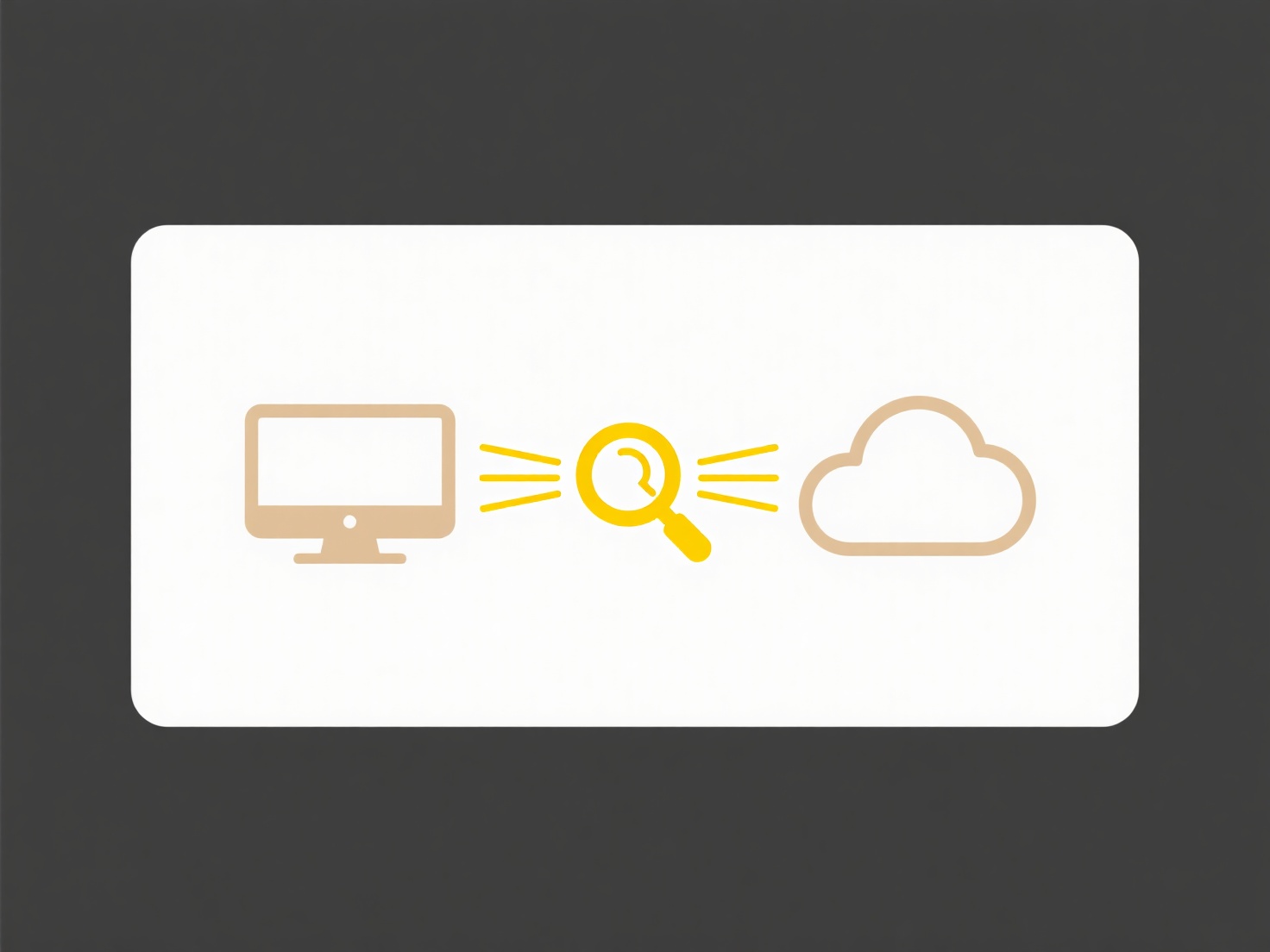
Requesting access to a file you don't have permission for involves asking the system administrator or the current owner of the file to grant you the necessary privileges. Authorization systems control who can view, edit, or share files, ensuring only approved individuals can access sensitive data. To request access, you typically use an automated workflow or directly contact the owner/administrator rather than trying to bypass restrictions, which aligns with security best practices.
For example, employees in a company using Google Workspace might click "Request access" when encountering a restricted file, sending an email notification to the file owner. Healthcare staff requiring a specific patient record might formally submit an access request via their organization's Electronic Health Record (EHR) system, initiating an approval workflow involving managers and compliance officers.

This process provides crucial security and auditability, preventing unauthorized data exposure. However, it can create workflow delays while awaiting approval. Future developments involve automated, policy-driven access provisioning and refined request tracking, balancing security needs with efficient collaboration. Ethical handling of access requests ensures appropriate oversight and protects privacy while supporting necessary workflows.
How do I request access to a file I don’t have permission for?
Requesting access to a file you don't have permission for involves asking the system administrator or the current owner of the file to grant you the necessary privileges. Authorization systems control who can view, edit, or share files, ensuring only approved individuals can access sensitive data. To request access, you typically use an automated workflow or directly contact the owner/administrator rather than trying to bypass restrictions, which aligns with security best practices.
For example, employees in a company using Google Workspace might click "Request access" when encountering a restricted file, sending an email notification to the file owner. Healthcare staff requiring a specific patient record might formally submit an access request via their organization's Electronic Health Record (EHR) system, initiating an approval workflow involving managers and compliance officers.

This process provides crucial security and auditability, preventing unauthorized data exposure. However, it can create workflow delays while awaiting approval. Future developments involve automated, policy-driven access provisioning and refined request tracking, balancing security needs with efficient collaboration. Ethical handling of access requests ensures appropriate oversight and protects privacy while supporting necessary workflows.
Related Recommendations
Quick Article Links
Can I rename screenshots by window title?
Renaming screenshots by window title refers to automatically labeling your screenshot image files using the name of the ...
How do I search for a file on my computer?
Searching for a file on your computer involves using built-in tools within your operating system (OS) to locate stored d...
What does it mean to “open a file”?
Opening a file means establishing a connection between a program running on your computer and a digital file stored on a...